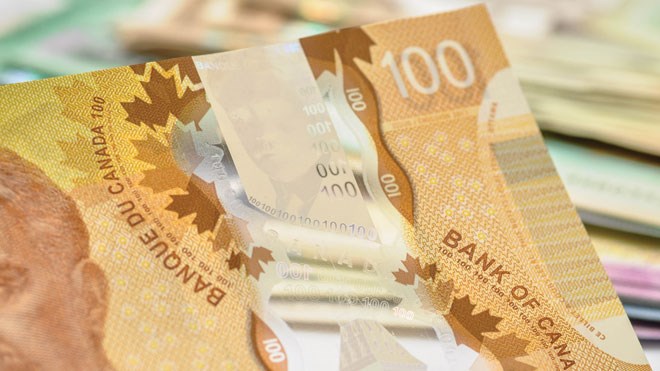Municipal property tax rates in Greater Sudbury have soared by an average of 5.2 per cent a year in the last decade, but still remain among the lowest in the province, says a recent study by the Fraser Institute.
The work was conducted by Livio Di Matteo, a professor of economics at Lakehead University in Thunder Bay. Of 33 major cities in the province, Matteo found that only Sault Ste. Marie, Brant and a section of Toronto had lower property tax rates.
A homeowner with a detached three-bedroom single-storey home with 1.5 bathrooms and one-car garage with a total house area of approximately 1,200 square feet on a lot approximately 5,500 square feet would pay just less than $3,000 a year in Sudbury in property taxes.
The top 10 cities with the highest rates were all in southern Ontario, with Markham the highest at $5,101 a year. Timmins came in at 12 and North Bay at 13.
But Sudbury ranks near the top when it comes to tax increases in the last decade, with only Timmins coming in higher with an average of 5.7 per cent a year. North Bay came after Sudbury with an average five per cent a year.
“To put this revenue growth in perspective, over the same period, Ontario’s population grew at an average annual rate of 1.1 per cent while real GDP only grew on average at about 1.5 per cent, meaning that real per capita GDP expanded at barely half of one per cent annually,” Di Matteo writes. “Of the 33 communities presented in these charts, all save one have seen their residential property taxes grow faster than provincial real per capita GDP. The even more disturbing part is that this growing property tax burden does not even include the rising burden of municipal water and sewer/wastewater charges, which have also grown at a faster annual rate than residential property taxes since 2005.”
He writes that data from the Financial Information Returns of Ontario municipalities shows that between 2000 and 2014, total municipal revenues doubled from $22.7 billion to $45 billion. The annual average growth rate of total municipal revenues between 2000 and 2014 was 5.1 per cent. Tax revenues grew at an average of 4.6 per cent, government transfer revenue at 6.6 per cent, and the remaining revenues at 5.2 per cent.
“Over the last 10 years, residential property taxes and water charges at the municipal level in Ontario have on average both grown faster than real per capita income,” Di Matteo writes. “Municipal ratepayers in Ontario should be wary of local governments claiming they need more.”



